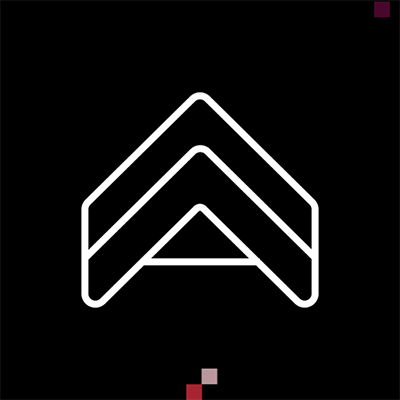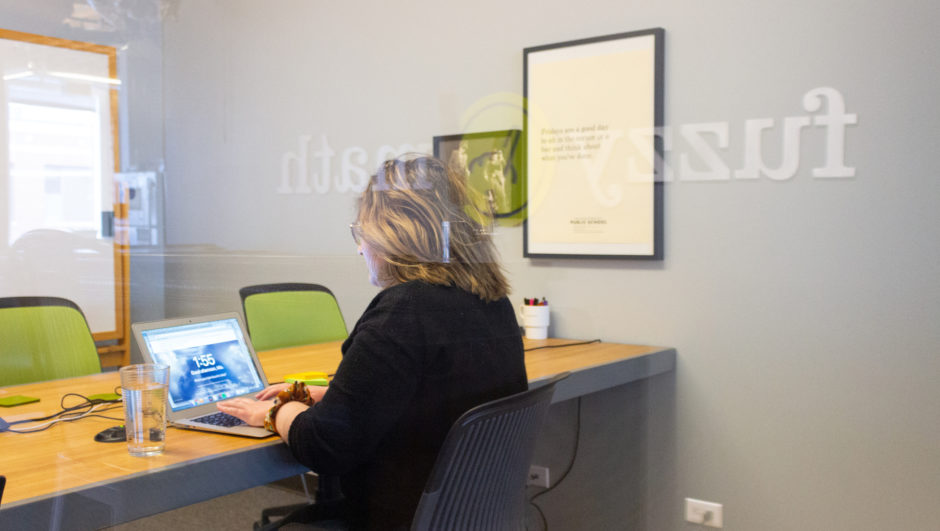
I’m working with the client’s in-house design team. How do I provide value without stepping on toes?
So you, a design consultant, were brought into a project only to learn that the client already has an internal design team. Sounds counterintuitive, right? Not necessarily. There are a variety of reasons why clients bring on third-party consultants, particularly for enterprise products. Sometimes we are brought in to guide the in-house design team in an expert UX design process. Other times, due to the client’s budget or timeline constraints, they simply need a bit of outside help.
When internal and external teams work together successfully, projects can move more quickly and efficiently, new ideas can take root and thrive, and designers can learn from each other and gain a new viewpoint.
The opportunity to collaborate with a new UX team should be seen as a positive, not a negative. But regardless of the reason why you were brought on, tensions between teams and unclear divisions of labor can cause the project to go sideways in a hurry.
Apply a user-centered design process to the situation
As UX designers, we pride ourselves on having empathy for and understanding of our end users. So let’s take this problem of meshing two teams and apply a user-centered design approach. Remove yourself from the equation for a minute, and think… What are the people on either side of the table thinking and feeling?
It might come down to something like this:
Consultant Designer
- Why is the in-house team not carrying out this work?
- What does the in-house team think of this situation?
- Does the client view us as one team or separate teams providing separate things?
- What are the client’s expectations for us both?
- The client is not always helpful in clarifying who is responsible for what.
- We don’t want to step on the in-house design team’s toes—but we were hired to do the best possible job.
In-House Designer
- Why has an external team been brought in?
- We weren’t consulted about this. Or there are communication issues on our side.
- What are the expectations for us from our bosses?
- How does the work that the consultant team produces fit in with the work we do?
So there’s a fair amount of tension on both sides, and a lot of unanswered questions.
5 strategies for success
1. Set expectations before the project begins
The best way to fix a struggling relationship is to not have it struggle in the first place. In an ideal world, any tension and unclear roles and responsibilities between the two teams should be addressed before the project begins. The client’s leadership can do this by including the internal design team in the decision to bring in a third party and by having a clear expectation of each group’s roles and responsibilities prior to onboarding.
However, we don’t live in an ideal world and, as the consultant team, you have no real power over the client’s decision to bring you in—or when the in-house design team was made aware of that decision. You’re already here. What can you do now?
Be sure to keep the lines of communication open throughout the engagement in order to make sure that the project flows as smoothly as possible. Once the project begins, the next few tips become even more crucial.
2. Respect the in-house team’s knowledge.
The in-house design team is a wealth of knowledge about the company culture, the industry, and the product you’re working together to build. Respect that knowledge. Rely on the in-house team. After all, you have a shared goal!
This allows the team to build design advocates on the client side. If (or when) something goes off the rails down the line, you’ll want someone in your corner, ready to go to bat for the project that you are working on together.
3. Listen and learn
Ask questions of the in-house design team to understand their feelings and expectations of the situation. It shows that you respect their position and are committed to working cohesively with them.
4. Set up a strategy for communication
Have a frank conversation with people on the client side who can help define a strategy for communication with their team.
But there’s more to it than just communicating often—you need to be communicating right and (even more importantly) communicating with the right people. If a consultant team was brought in because the in-house design team doesn’t have enough time, you can’t take up even more of their time. Similarly, it’s not helpful for every in-house designer to be giving feedback to the consultant team all the time.
Instead, focus on establishing a proper communication strategy with the project manager or project lead. Together, you can define what “working together” will look like, including the cadence of reviews and strategies for feedback for each team.
5. Involve the in-house design team as much as possible
With all this talk of communication, it probably goes without saying that you’ll need to involve the in-house design team. Collaboration is the goal, here after all.
Budgets and priorities can change, and you might find yourself handing over your project to an in-house design team sooner than expected. Knowledge transfers are time-consuming. Design decisions, hopes, and dreams can fall through the cracks when process and goals are not clearly communicated.
While you should absolutely be establishing and documenting why decisions were made throughout the project, involving your partner design team in those decisions will provide a constant source of knowledge for the client once you roll off.
Getting back on track with a design partner
All the good intentions in the world can fly out the window when you get off on the wrong foot. How do you get back on track?
Build a bridge between your team and the in house design team
In an ideal scenario, there is a champion for UX and design within the client organization, or a manager on the other team, who can help run point for you. If you’re off track, align first with them in order to better understand the issues and determine the best way for the teams to get back on board.
Find some time, if you can, for a less formal sync between the two teams to better understand where the in house design team is coming from. Understand their challenges, worries, and limitations. Are they buried in other projects? Getting bad feedback within their organization?
Be on the same team
When two teams begin to work together on a day-to-day basis, there can be different expectations for deliverables and different working styles. If you didn’t have the chance to establish expectations at the beginning, you might find the ball rolling with no one there to stop it.
Remember that at the end of the day, both teams are working together for the success of the same project. There’s no “us” vs. “them”.
If the client team is presented with two options from two different teams, the decision inherently becomes political. Instead, approach the client with one idea from one united team. If both internal and external design teams are on the same page, the decision is easy, and everyone looks good.
Pick your battles
Of course, this means that you may need to make some compromises in order to align with your partner team.
When there is a disagreement on direction, establish boundaries on things that you’re willing to compromise on, and things that you aren’t. For example, a poor typeface choice carries a little less weight than the visual direction for product and lifestyle photography on an eCommerce platform. Letting go of your ego (and some of your ideas) makes for a better working relationship for all involved.
Clear eyes, full hearts (can’t lose)
We love working with in-house design teams. It’s an opportunity to connect with and learn from a new group of designers who can open our eyes to an idea or a way of working that we had never before considered. When internal teams and external teams are partners on equal footing, it can set up an ongoing partnership that’s both fun and productive for all involved.
Interested in working with Fuzzy Math?

